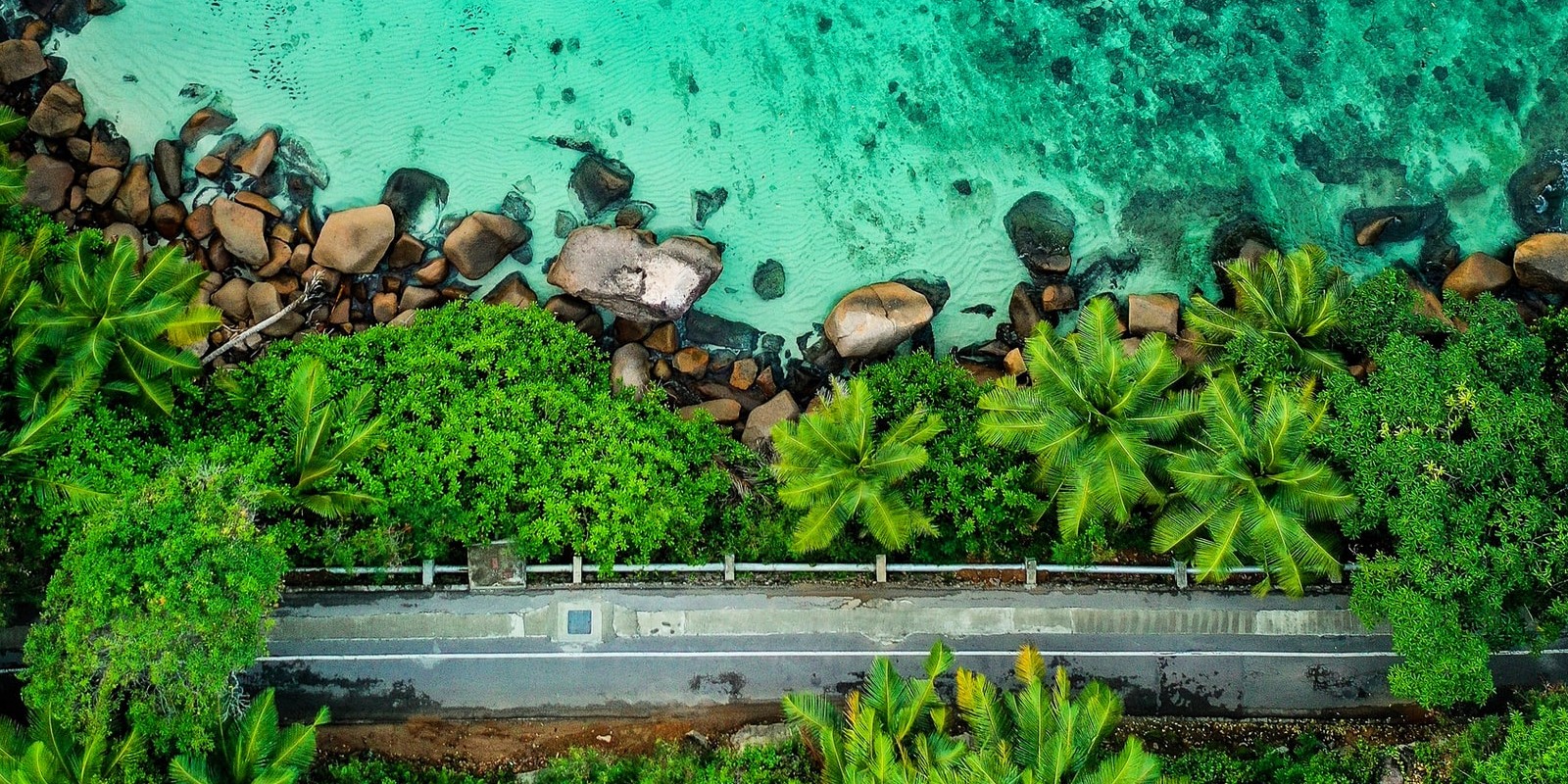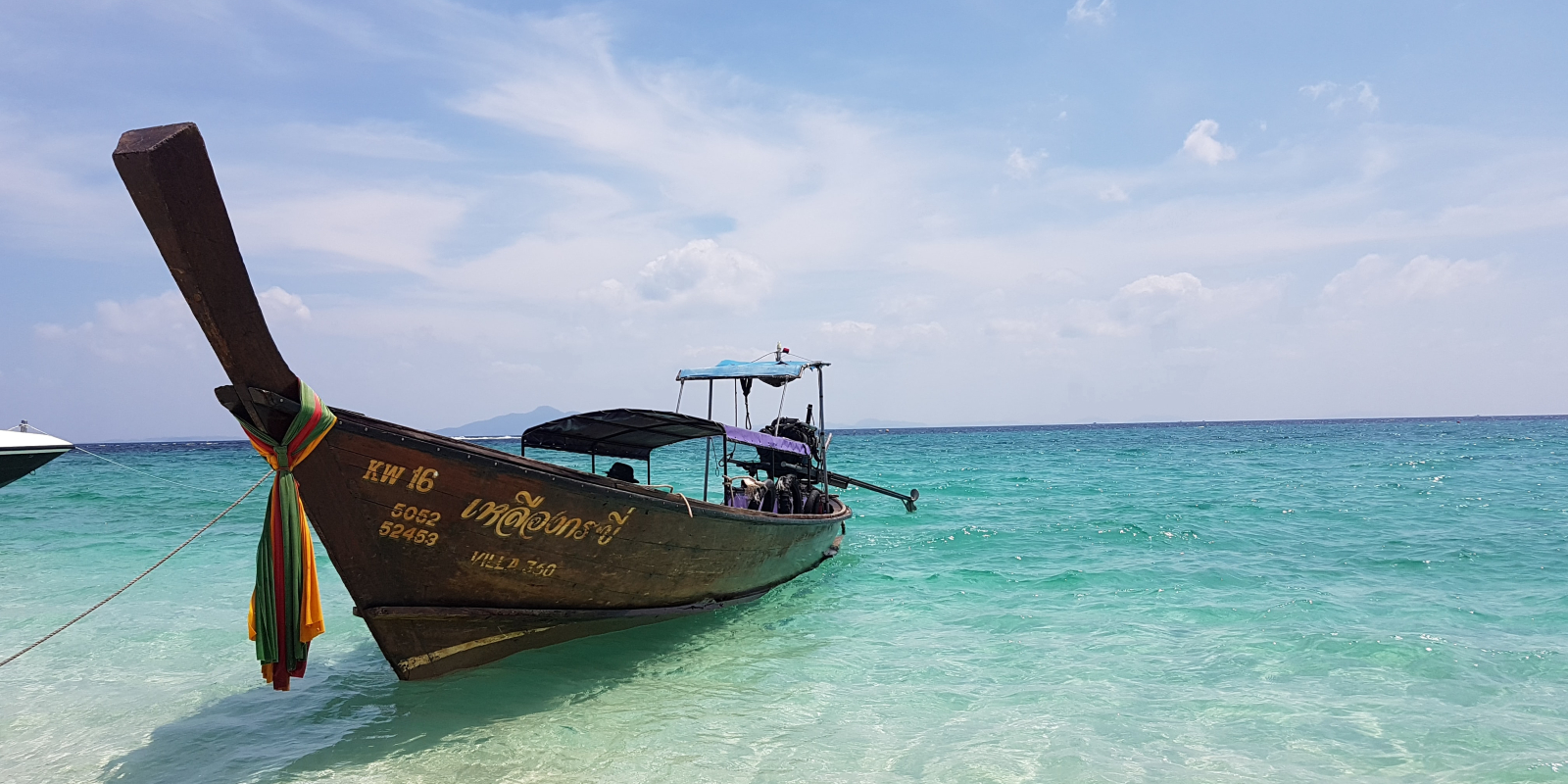13 Reasons Why You Need To Visit The Seychelles Outer Islands
Forget the Netflix smash, here’s 13 reasons why you should definitely go to Seychelles outer islands.
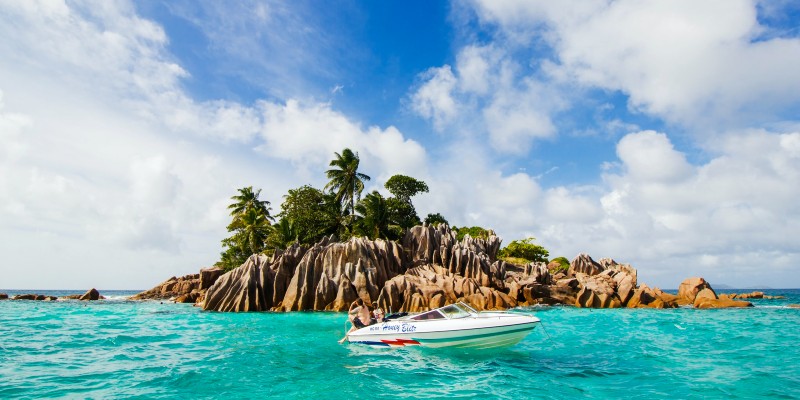
From stunning natural sites to glamping vibes, the Seychelles outer islands are bound to impress and astound you in equal measure.
But what are the 13 reasons to visit them?
13 Reasons why
- Meet the tortoises
- They’re turtle-y incredible
- Learn about conservationism
- It’s a bird haven
- Second-to-none scuba diving
- The incredible ‘Wall’ of Astove
- Dreamy sandy beaches
- World heritage sites
- Alphonse Island
- There’s a place called ‘Death Channel’
- Cosmoledo’s giant trevally
- Go glamping on Wizard Island
- See uninhabited havens
But, what are the Seychelles outer islands?
Made up of around 72 low-lying atolls and sand cays, the Seychelles’ outer islands are the biodiverse emerald-green specks which dot the otherwise sapphire landscape around the archipelago.
Split into four island groups know as the Alphonse, Aldabra, Amirantes and Farquhar Groups. The Seychelles outer islands have been dazzling and intriguing us for centuries.
Even at its shortest, the journey from the capital Mahe and the rest of the inner islands, like Praslin and La Digue, to the outer ring is still over 140 miles across challenging and, often, dangerous submarine terrain. Remnants of ships litter the islands. Many of which have since been reclaimed by the Indian Ocean as makeshift coral reefs.
But, don’t let a little thing like shipwrecks put you off. Let’s get into the reasons why you should go in a little more detail.

Meet the tortoises
If you’re aware of the islands, then chances are you’ve already heard about the giant tortoises. However, we’re going to tell you about them anyway.
Aldabra giant tortoises are the oldest living creatures on earth and, you may have guessed but, Aldabra Atoll is the place where you’ll find the largest population of them.
Tortoise populations are closely monitored, but you can take the chance to meet a few as they’re free to roam on the islands.
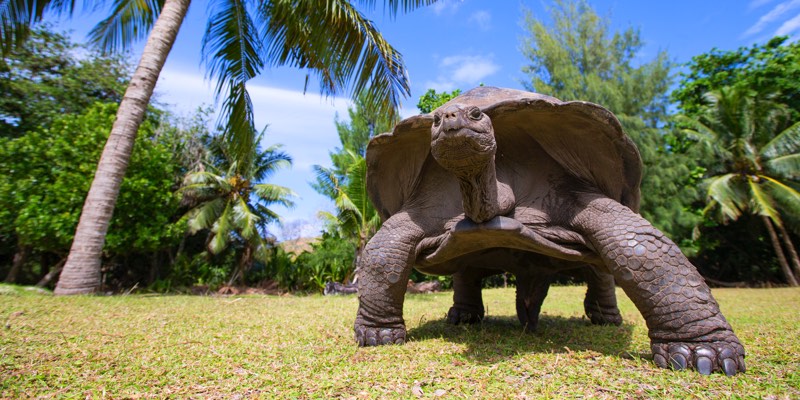
They’re turtle-y incredible
In addition to tortoises the islands have turtles in abundance too. Cosmoledo in the wider Aldabra Group is home to the largest population of hawksbill turtles. Plenty of green turtles have nesting grounds here too.
Many adult female turtles return to the same beach they hatched on to lay their eggs and the hawksbill and green species have been protected in Seychelles since the early 2000’s. This has ensured a healthy number of returning animals each year.
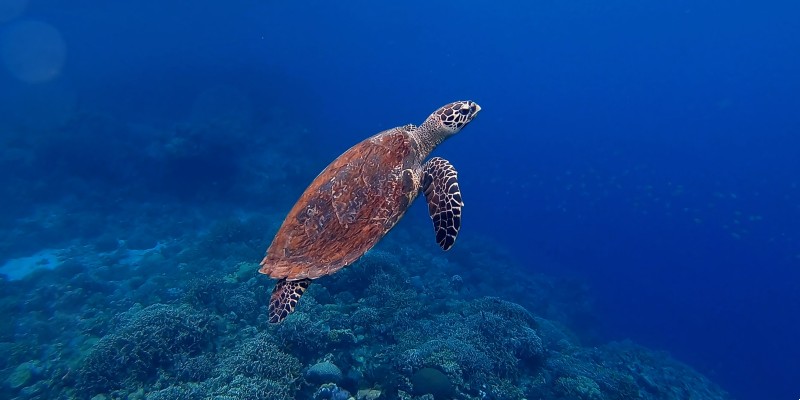
Learn about conservationism
With all the incredible flora and fauna on the outer islands, many companies in the Seychelles offer conservation experiences to tourists. Join turtle tracking teams to get up close and personal with some babies.
Alongside turtle tracking, you can get up to a whole host of conservationist activities on the islands. From manta ray cleaning stations through to planting trees and cleaning beaches. There’s a whole world of green opportunities available.
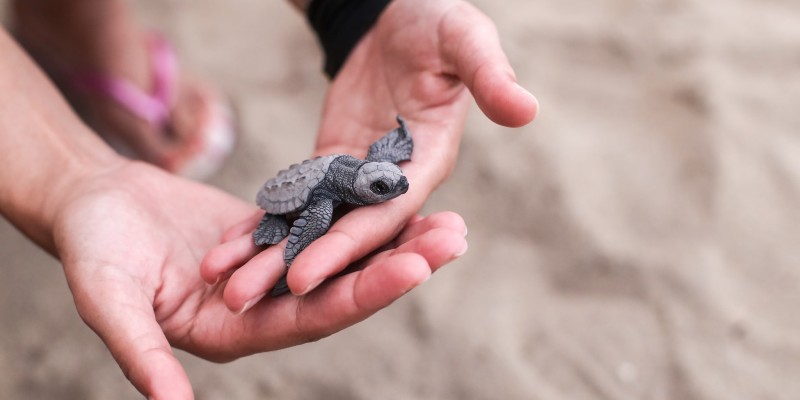
It’s a avarian haven
Much like the tortoises and turtles, there’s a huge population of birds on the island groups.
Twitchers are in their element with over 250 different species of Avarian creatures to marvel at. That collection includes the Aldabra rail which is the last known surviving native flightless bird in the Indian Ocean.
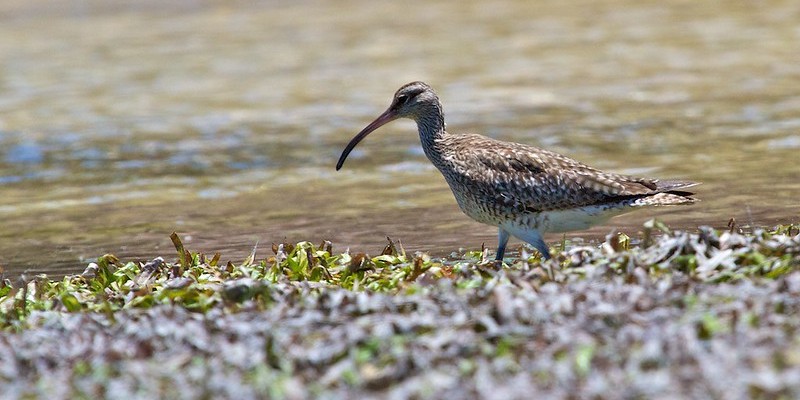
Second-to-none scuba diving
In addition to offering ambient water with excellent visibility, divers in the Seychelles outer island are also treated to: over 320 species of unbleached coral, over 1,000 species of fish and vast array of mammals.
From spinner dolphins, hammerhead sharks and humpback whales through to colourful pelagic species and reef fish including scorpionfish, giant sweetlips and gorgonian sea fans.
There’s little wonder why these waters are so popular with marine enthusiasts
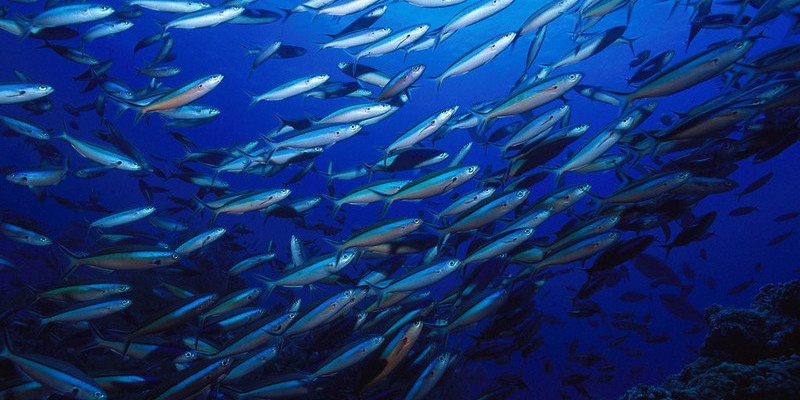
The ‘Wall’ of Astove
Sticking with submarine hijinks for a minute, we need to talk about The ‘Wall’ of Astove. Set in the Aldabra Group, The Wall is one of the best dive sites in the world.
So named because of the steep drop off. The Wall is where shallow flats meet with a gargantuan 1000m drop which many have described as like staring down into the Grand Canyon. Sponges, fan corals and plenty of fish inhabit the steep Wall structure.
You can see from the still of this video, the wall is where the Indian Ocean waters go from a gentile cyan colour to deep blue where the drop off occurs.
Perfect sandy beaches
But, of course, Seychelles wouldn’t have its paradise-like reputation if it wasn’t for the odd stunning beach.
Now, there may be quite a few sandy oases in the inner islands, but the outer atolls have their fair share too. The Amirantes Group is renowned for its incredible sandy beaches which line the throngs of islands in the group.
Here tourists like to get out and explore the azure waters surrounding the idyllic islands via canoes and kayaks.
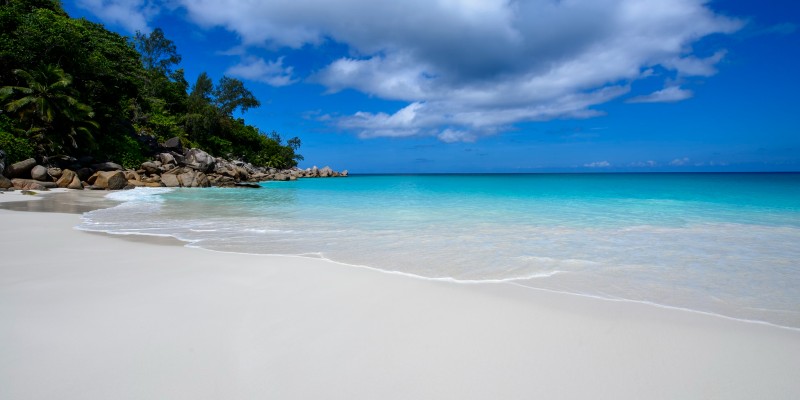
World Heritage Sites
Obviously, we can’t talk about conservation and the protected areas of the outer islands without mentioning their UNESCO World Heritage status.
The Aldabra Atoll has been considered a World Heritage Site since 1982. As the world’s second largest coral atoll, behind Kiritmati Atoll in the Northern Line Islands, Aldabra is already a site of great importance.
However, the UNESCO team outlined the population of giant tortoises as well as the breadth of marine ecology and the island’s lack of human interaction aiding the benefits of evolutionary and ecological research in their decision to elevate the atoll to it’s lofty status.
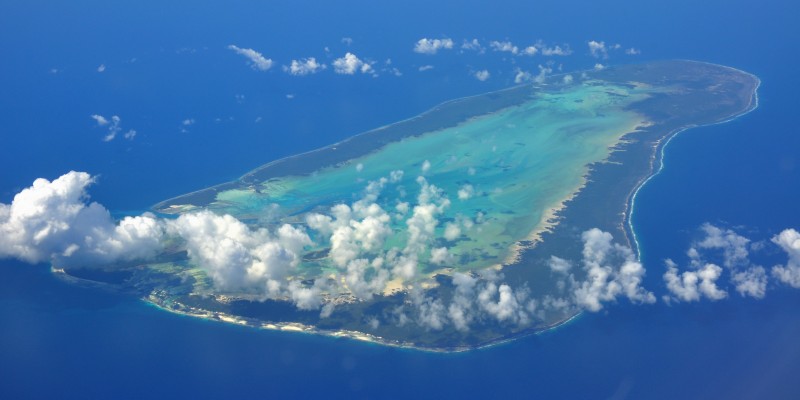
Alphonse Island
From one incredible island to another. Alphonse Island is probably the most popular of the outer destinations, chiefly due to it’s proximity to Mahe.
But Alphonse offers, arguably, the perfect opportunity to get an all-encompassing view of the outer islands from one destination. See the turtles, go snorkelling with sail fish and even stay in a plush lodge with bars, a restaurant and a spa. Alphonse also acts as a nice starting block if you fancy heading off and exploring more of the outer islands.
However, it’s also home to the, cheerfully-named, ‘Canal la Mort’ or ‘Death Channel’.
The ‘Death Channel’
The combination of deep water, cool temperatures and powerful currents give this stretch of water its macabre name. Although, the trip is worth it to get over to Bijoutier. A stunning Robinson Crusoe-like island which offers perfect white sand beaches, emerald tropical forests more inland and teeming coral reefs out to sea.
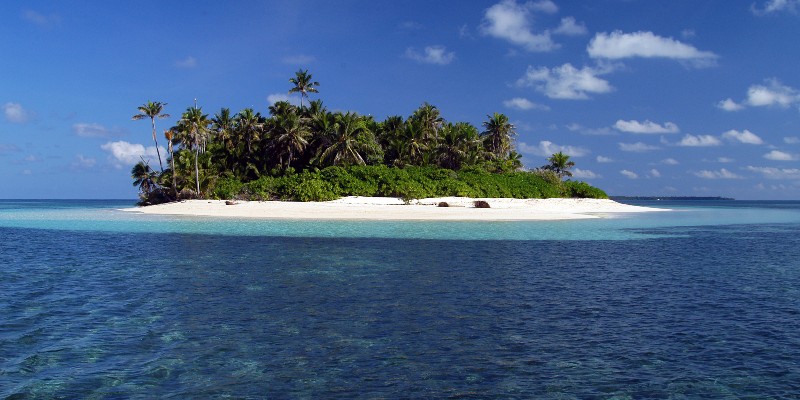
Cosmoledo’s giant trevally
One for the anglers out there. The waters off Cosmoledo are well known for producing huge quarry. The giant trevally there will test your skill as well as your muscles.
Away from the trevally, Cosmoledo is also an important spot for the development of the grouper. A well knowing spawning site, you can be sure to feast your eyes on a plethora of the big fish here.
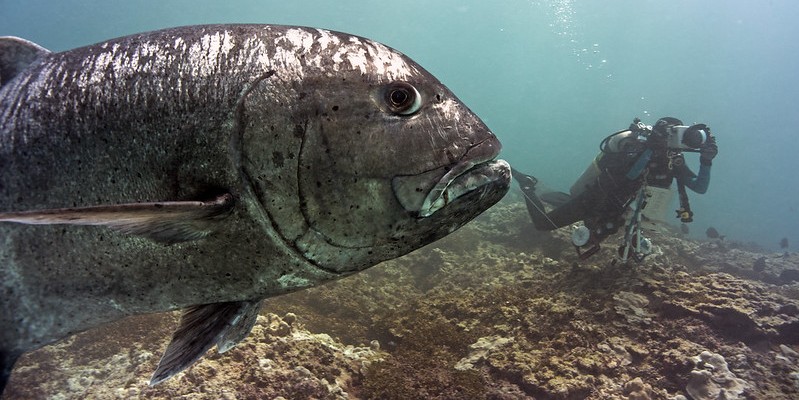
Go glamping on Wizard Island
Admittedly that sounds like a Beatles lyric from their ‘Magical Mystery Tour’ days, but it’s true. Just off Cosmoledo lies the brilliantly named islands of Menai and Wizard – after the ships which explored the atolls as part of Captain Morseby’s 1822 expedition.
Sitting on the pristine beach on Wizard lie eight eco-pods recrafted from waste materials. The pods all feature wooden verandas which open straight out on to the beach.
Uninhabited havens
Apart from Alphonse, and a handful of other islands with resort offerings, the collection of islands in the four groups are largely uninhabited. In fact, Aldabra Atoll is one third the size of the Seychelles, yet it remains unpopulated to this day.
Their proximity to the capital Mahe and treacherous surrounding waters have ensured the outer islands have remained people free. Which is why the abundance of wildlife and thick biodiversity has been allowed to flourish into the incredible scenes we see today.
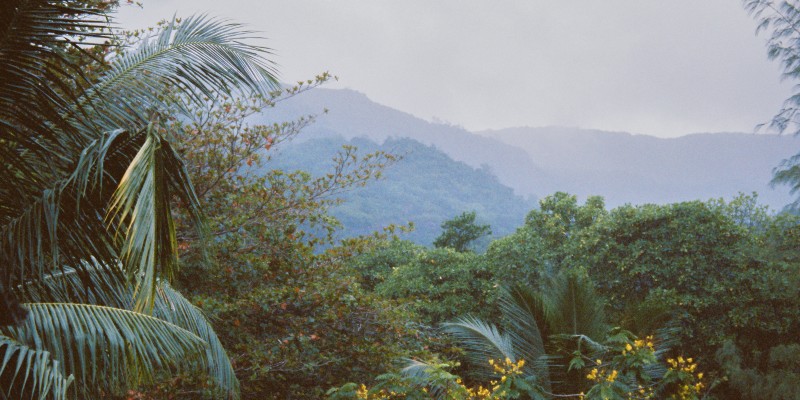
Inny or an outy?
Now you know all the reasons why getting out to the Seychelles outer islands is an awesome idea.
So, how about we tell you all about the great things you can get up to on the incredible inner ring of islands now? Places like Mahe, Praslin and La Digue are the perfect paradises for your ideal break.
Click the button below to find out more about the Seychelles inner islands and the best places to stay.


